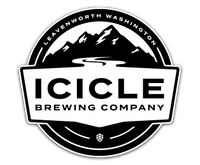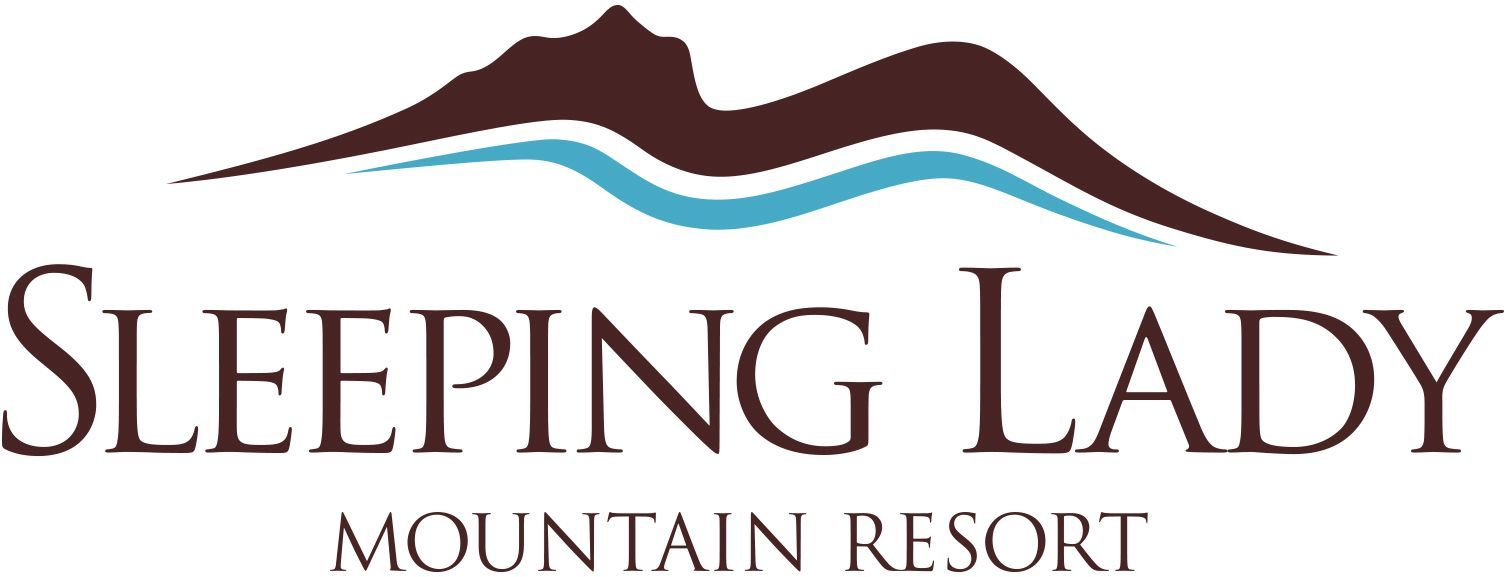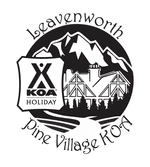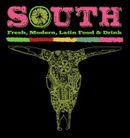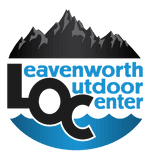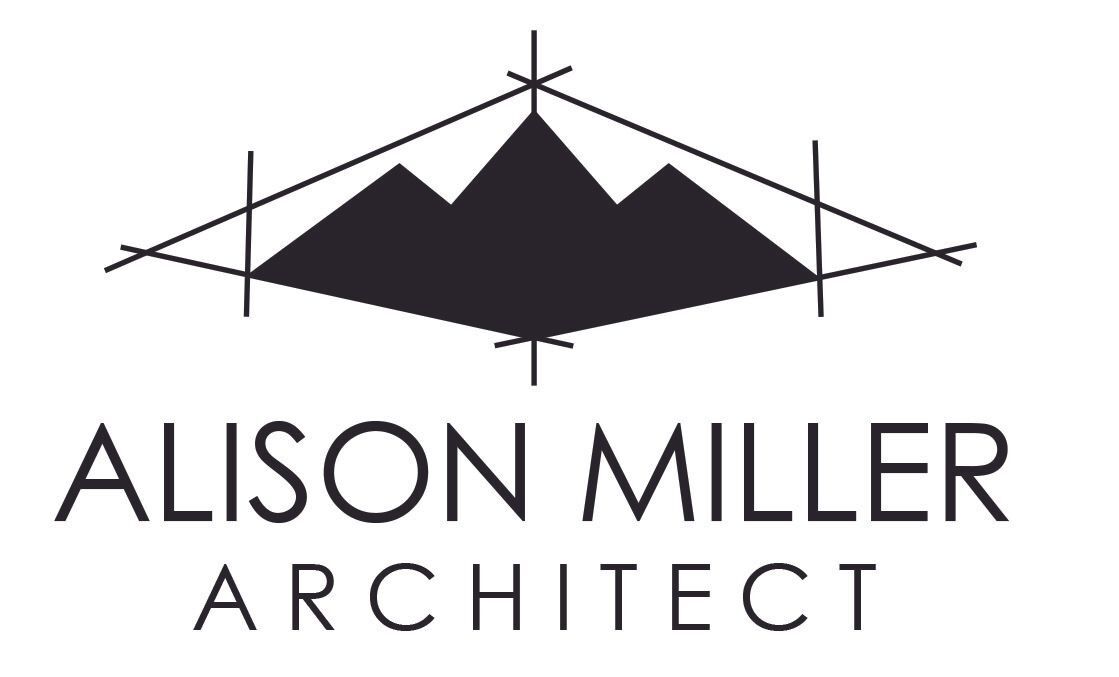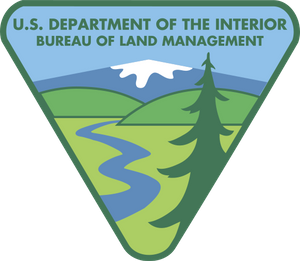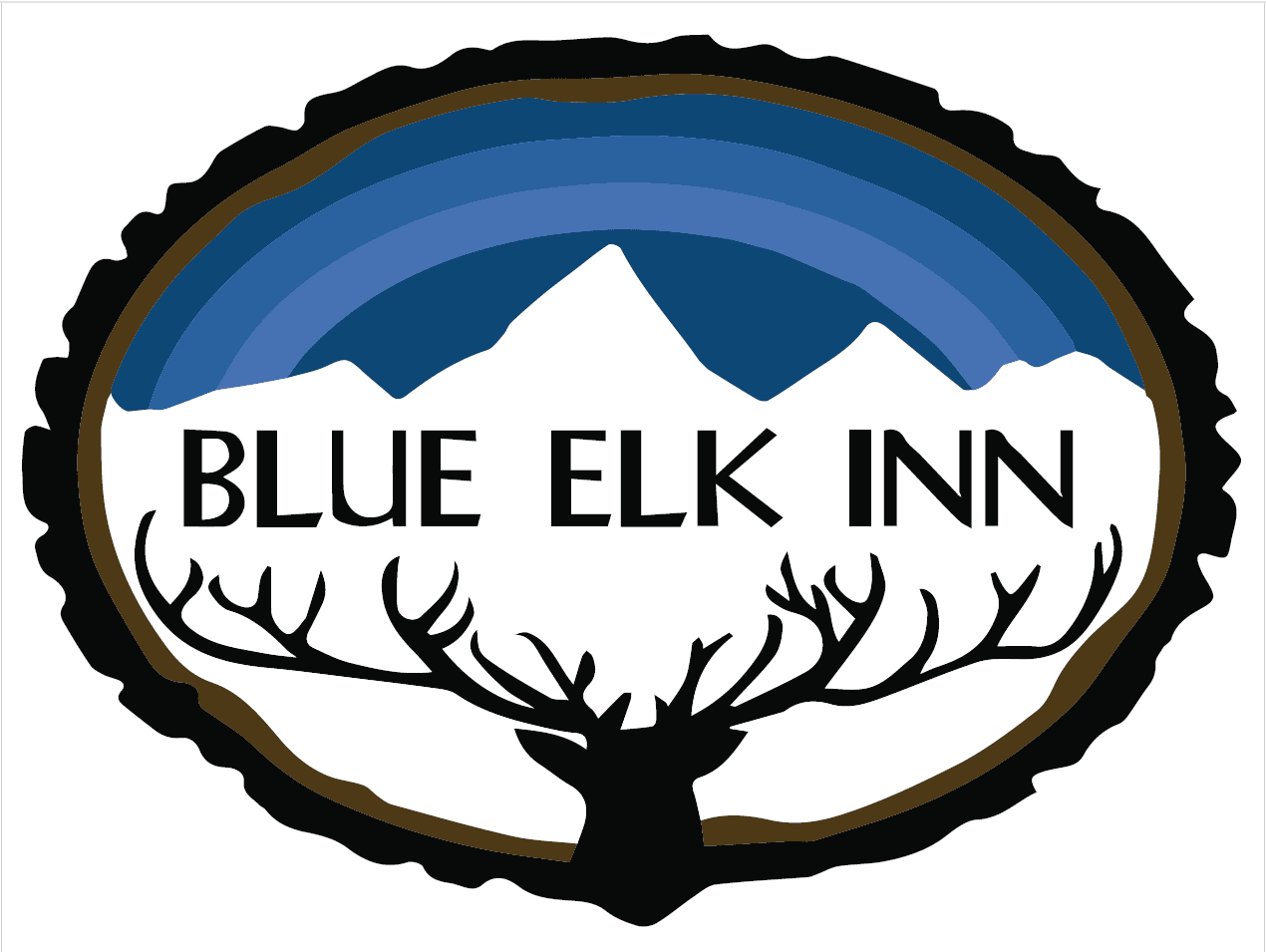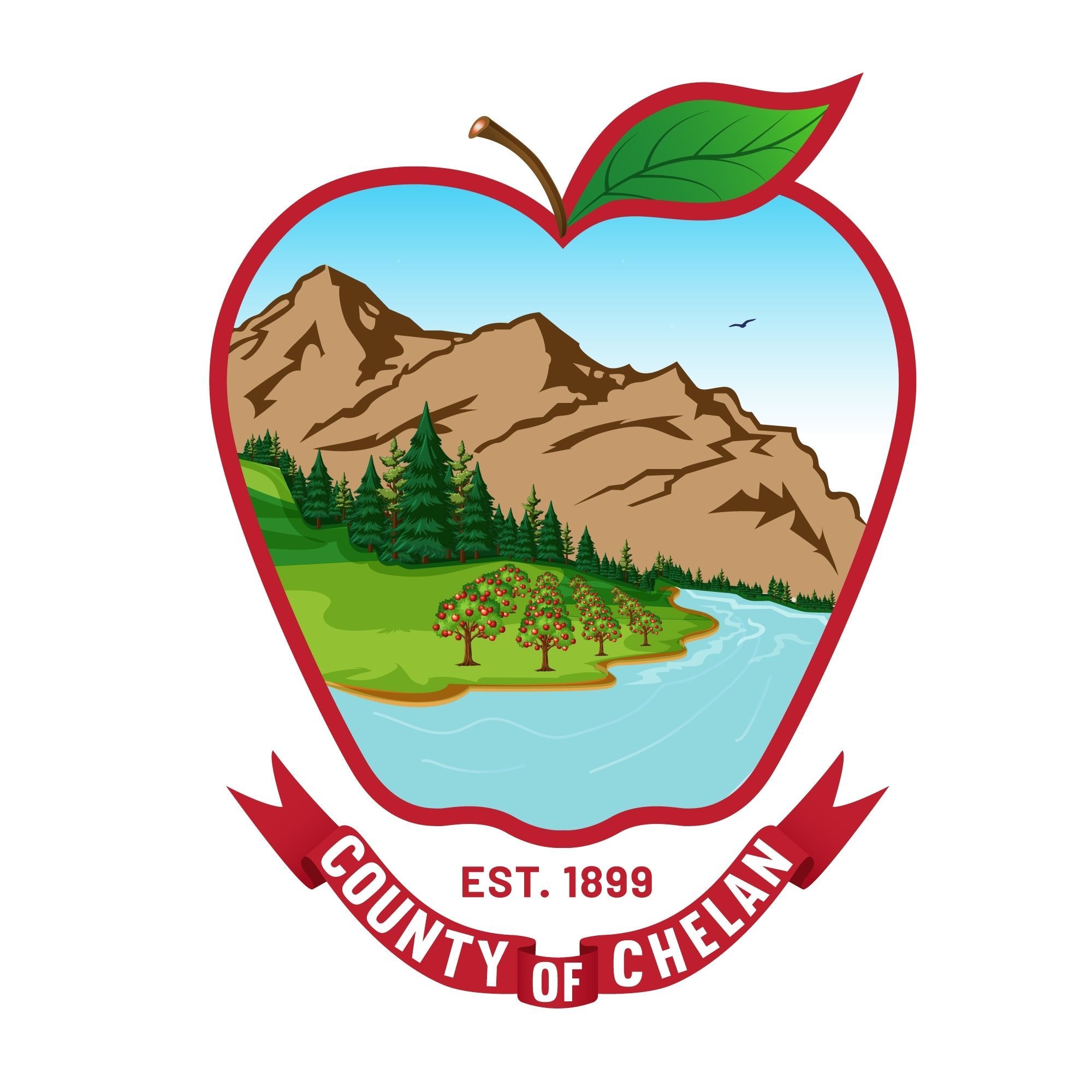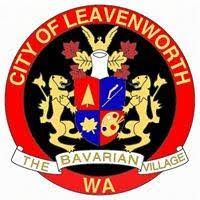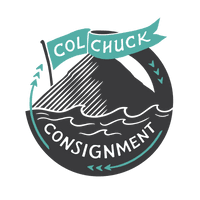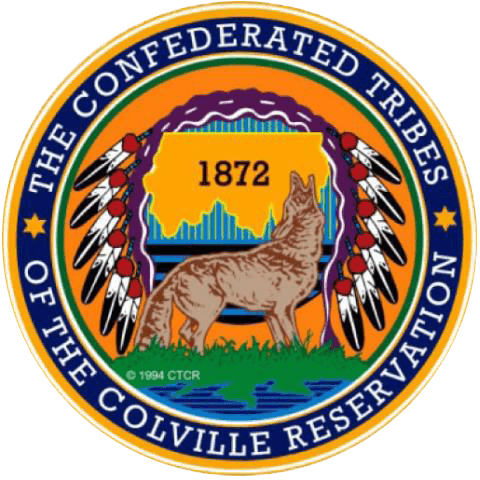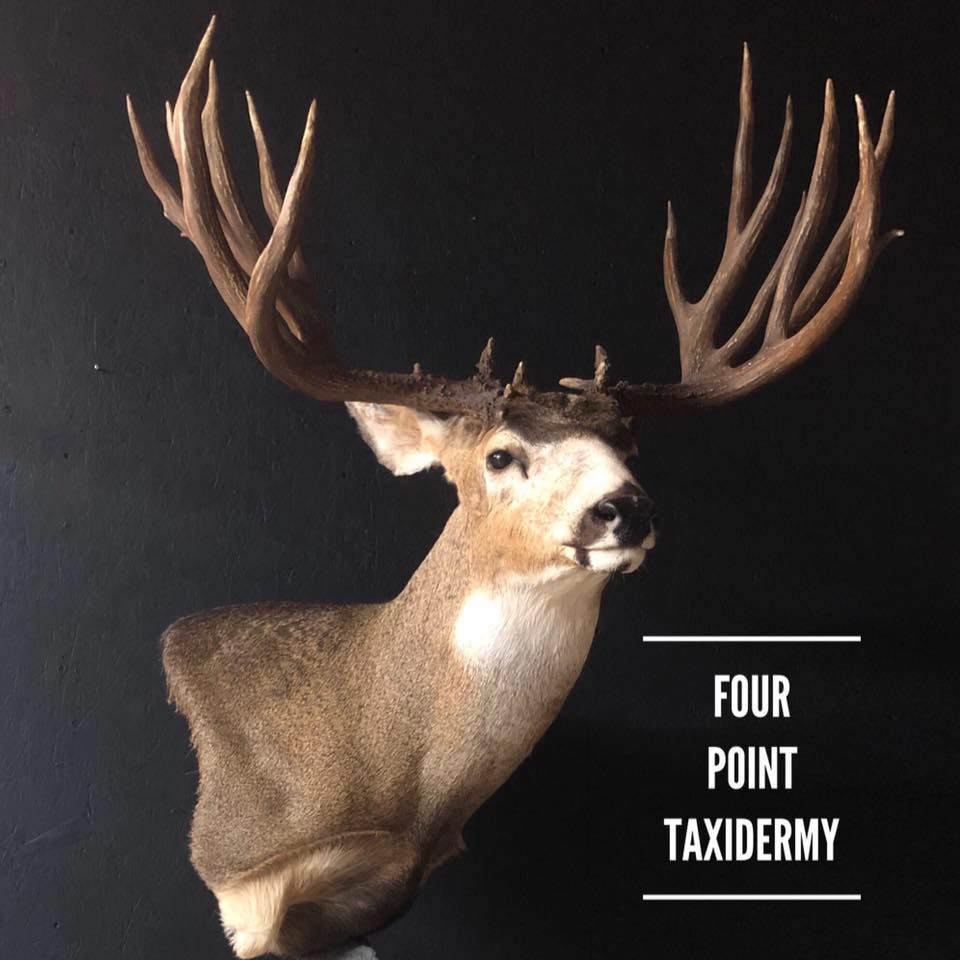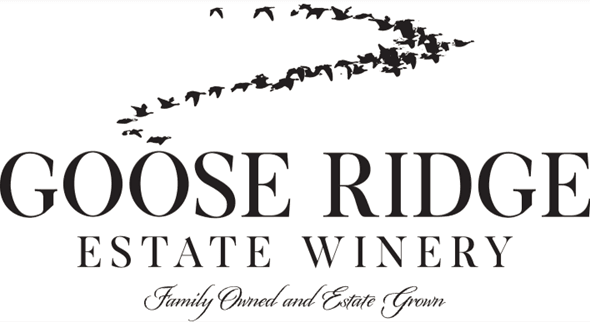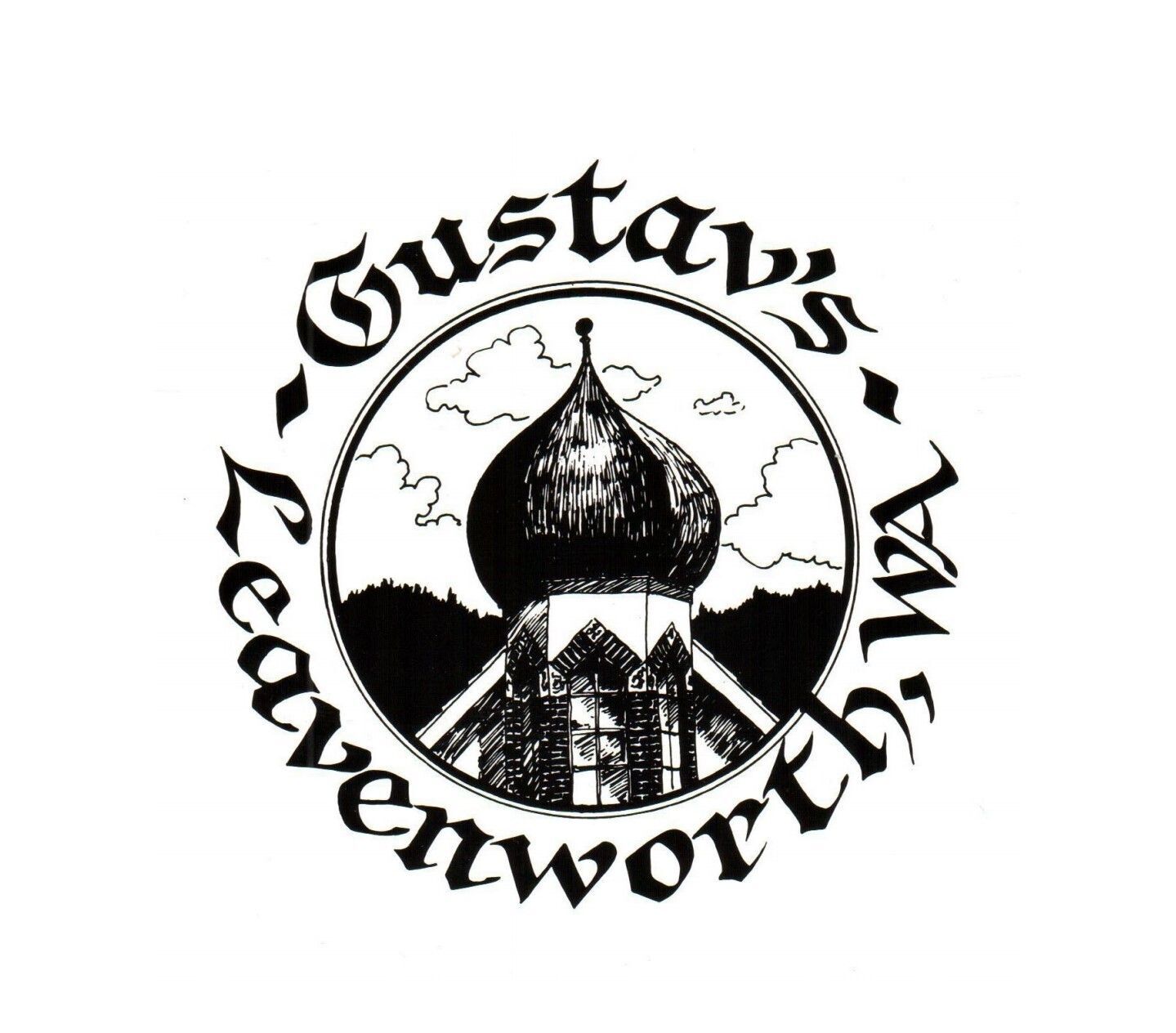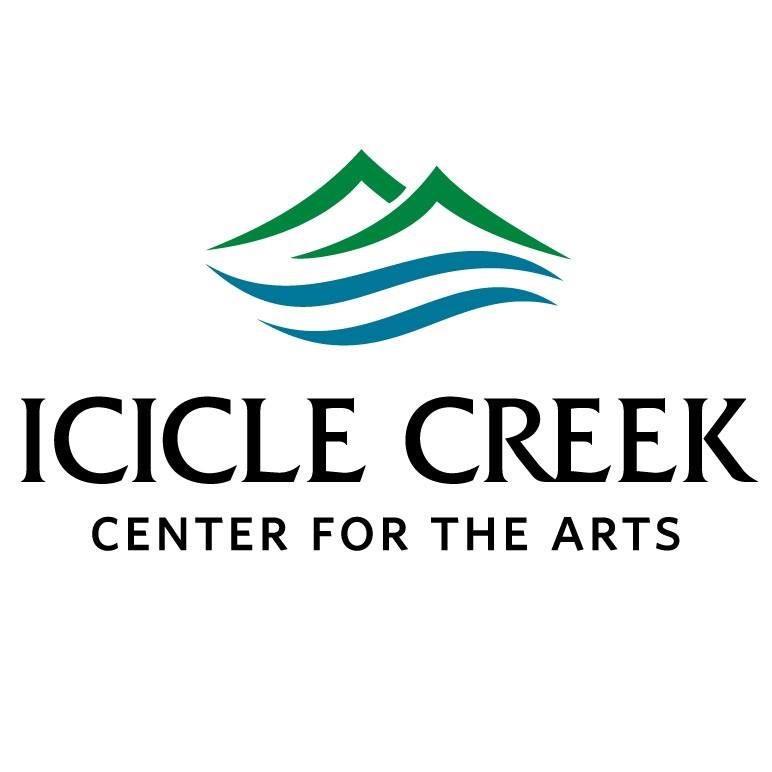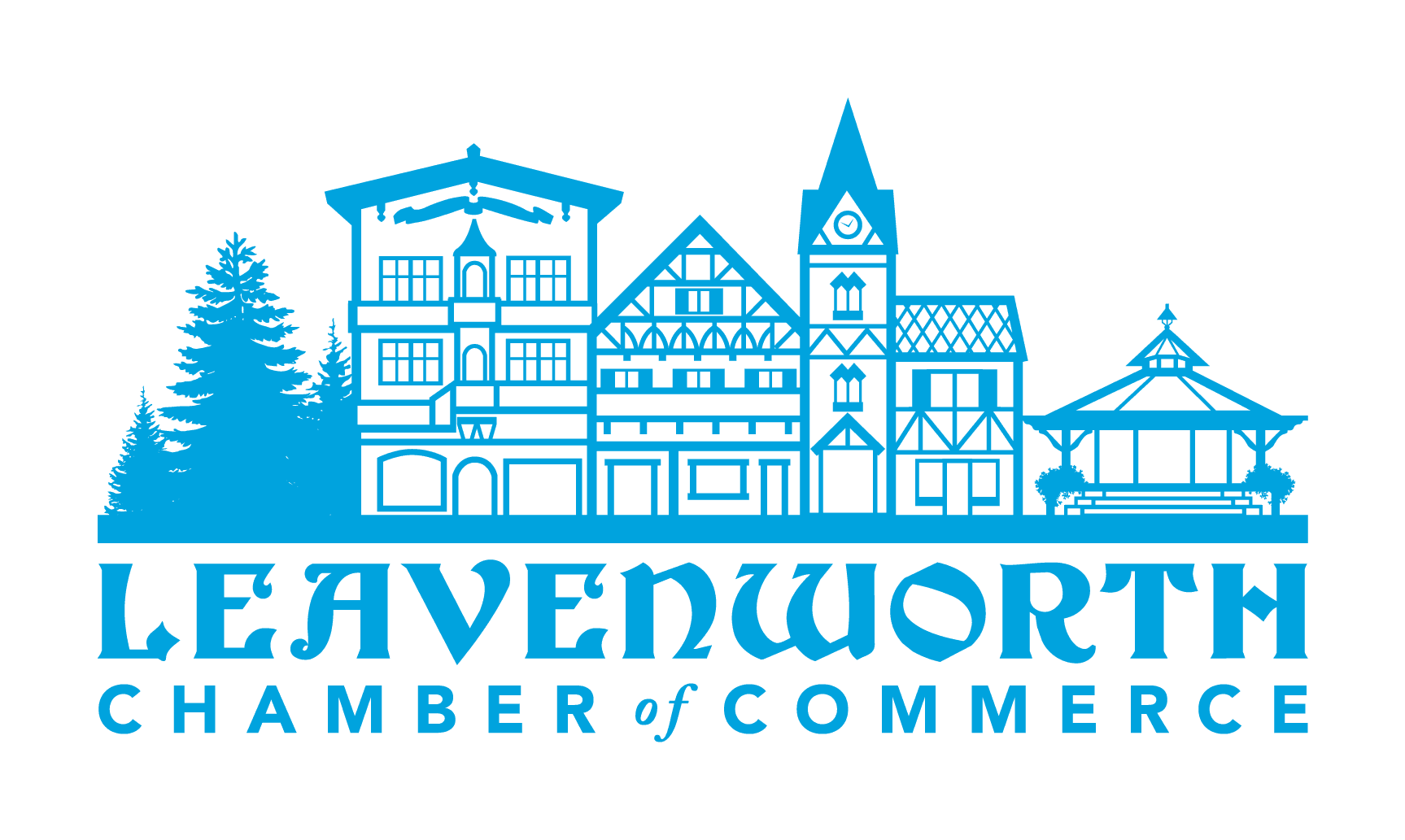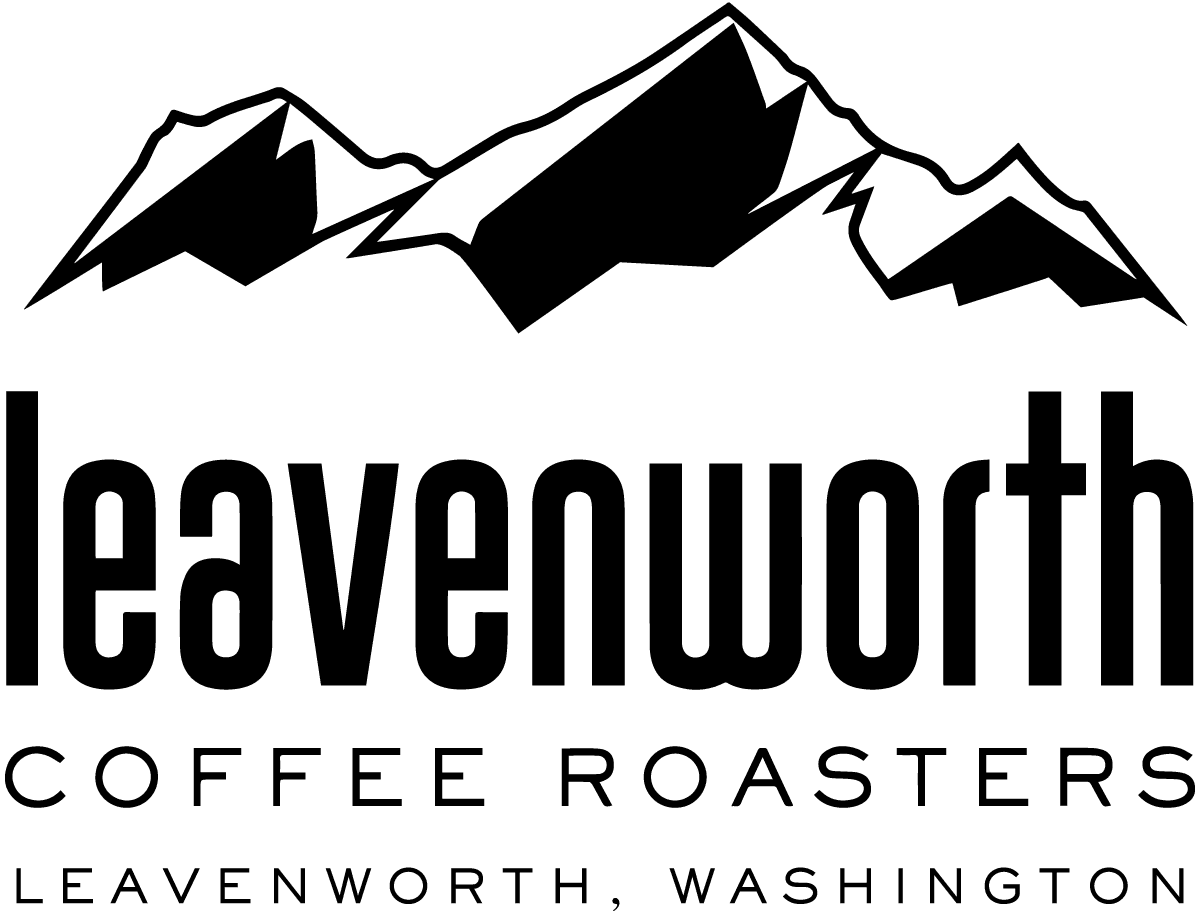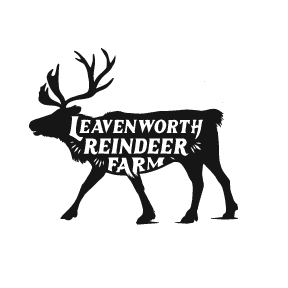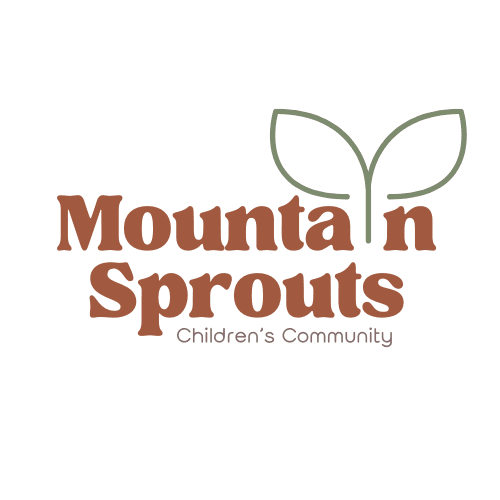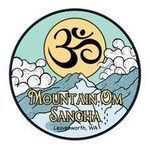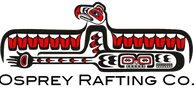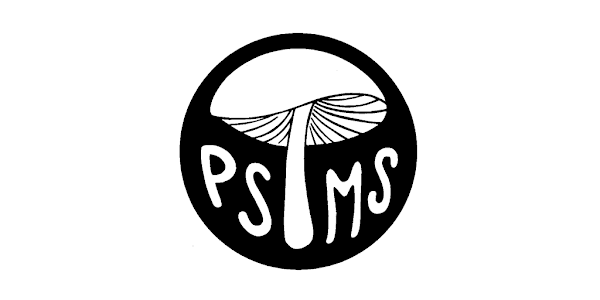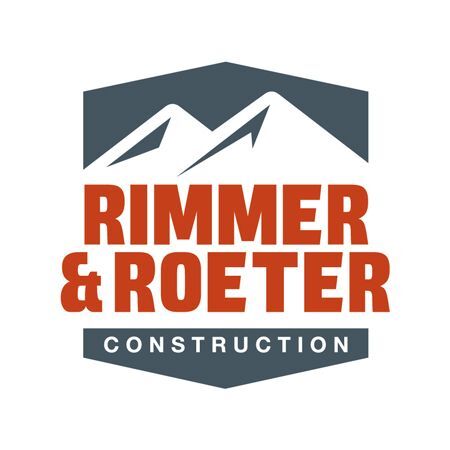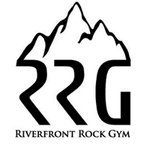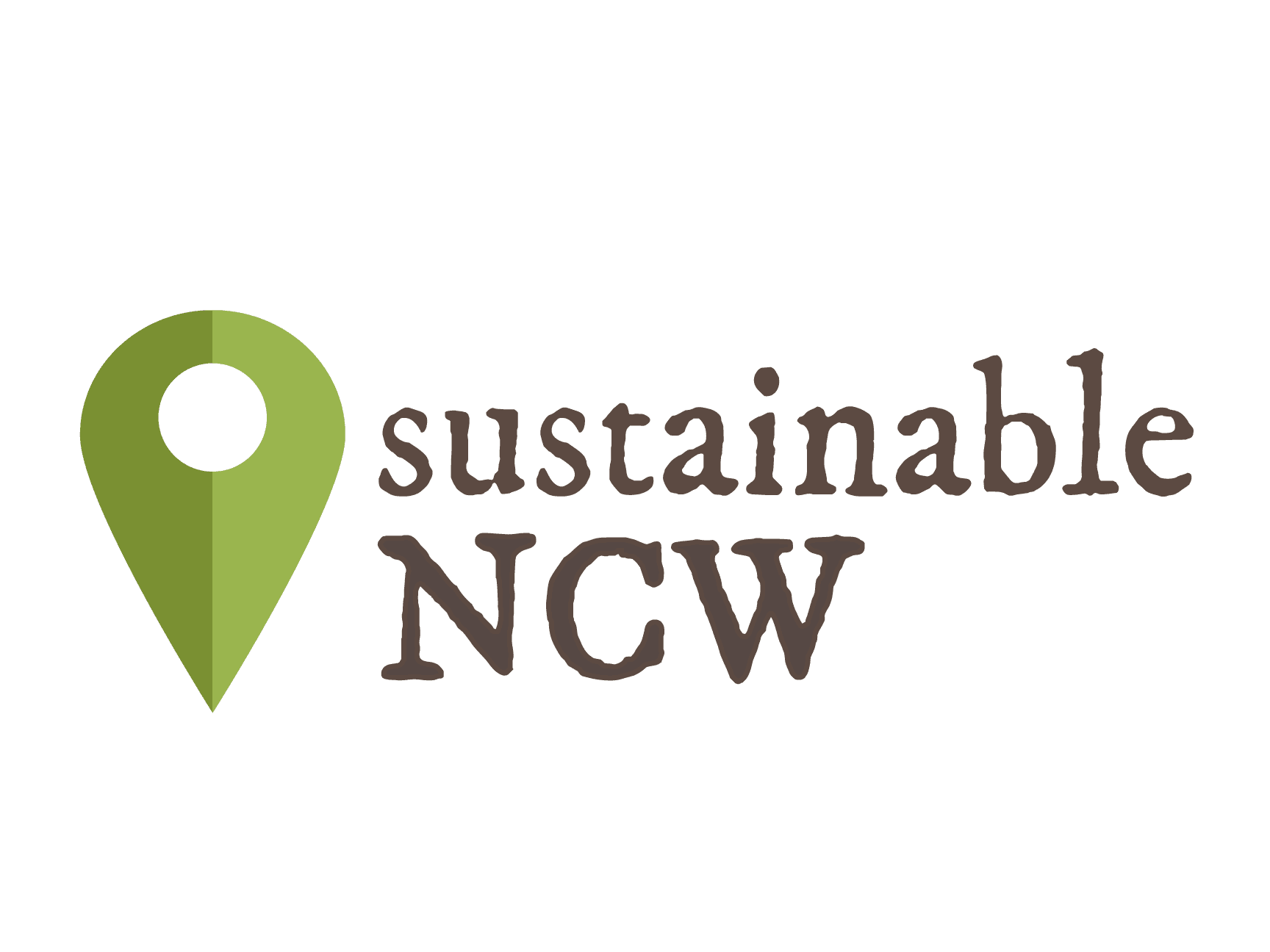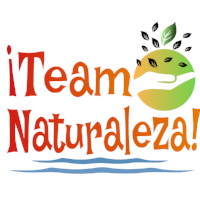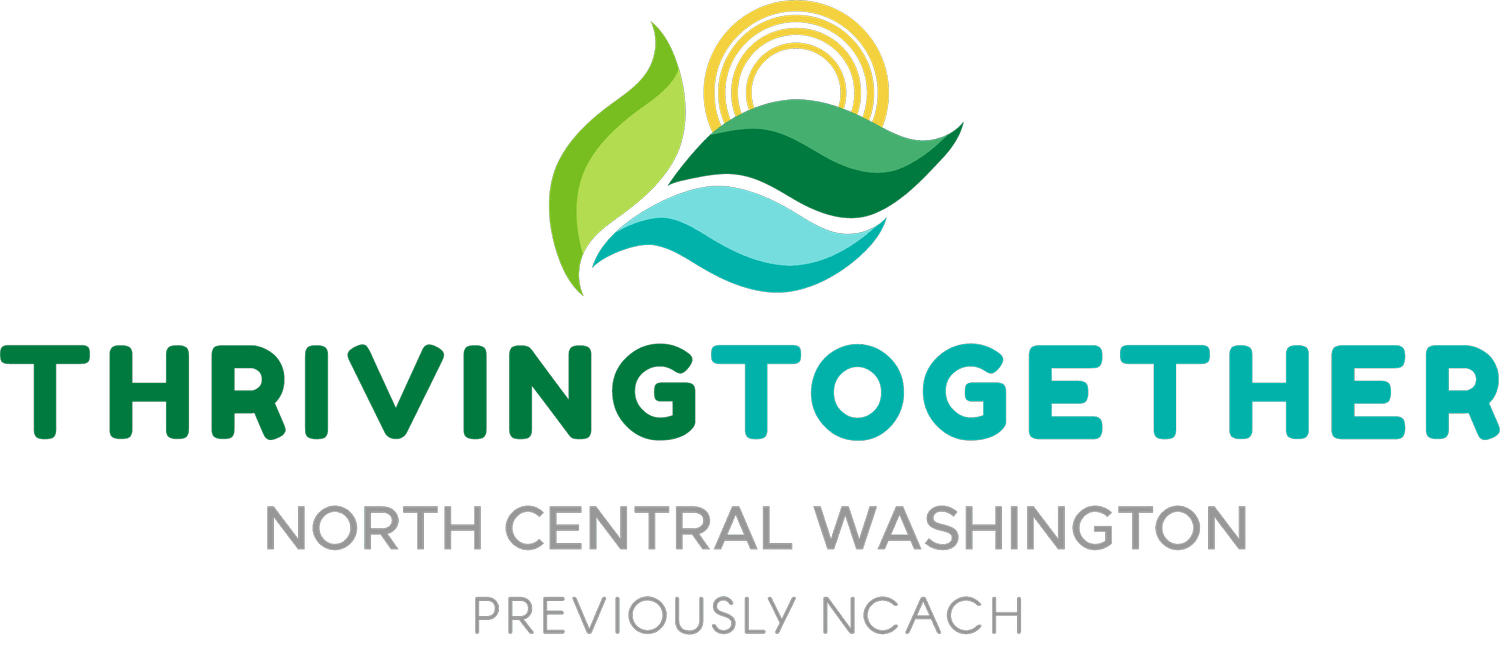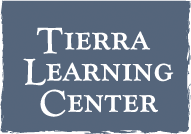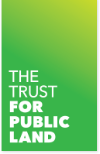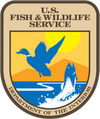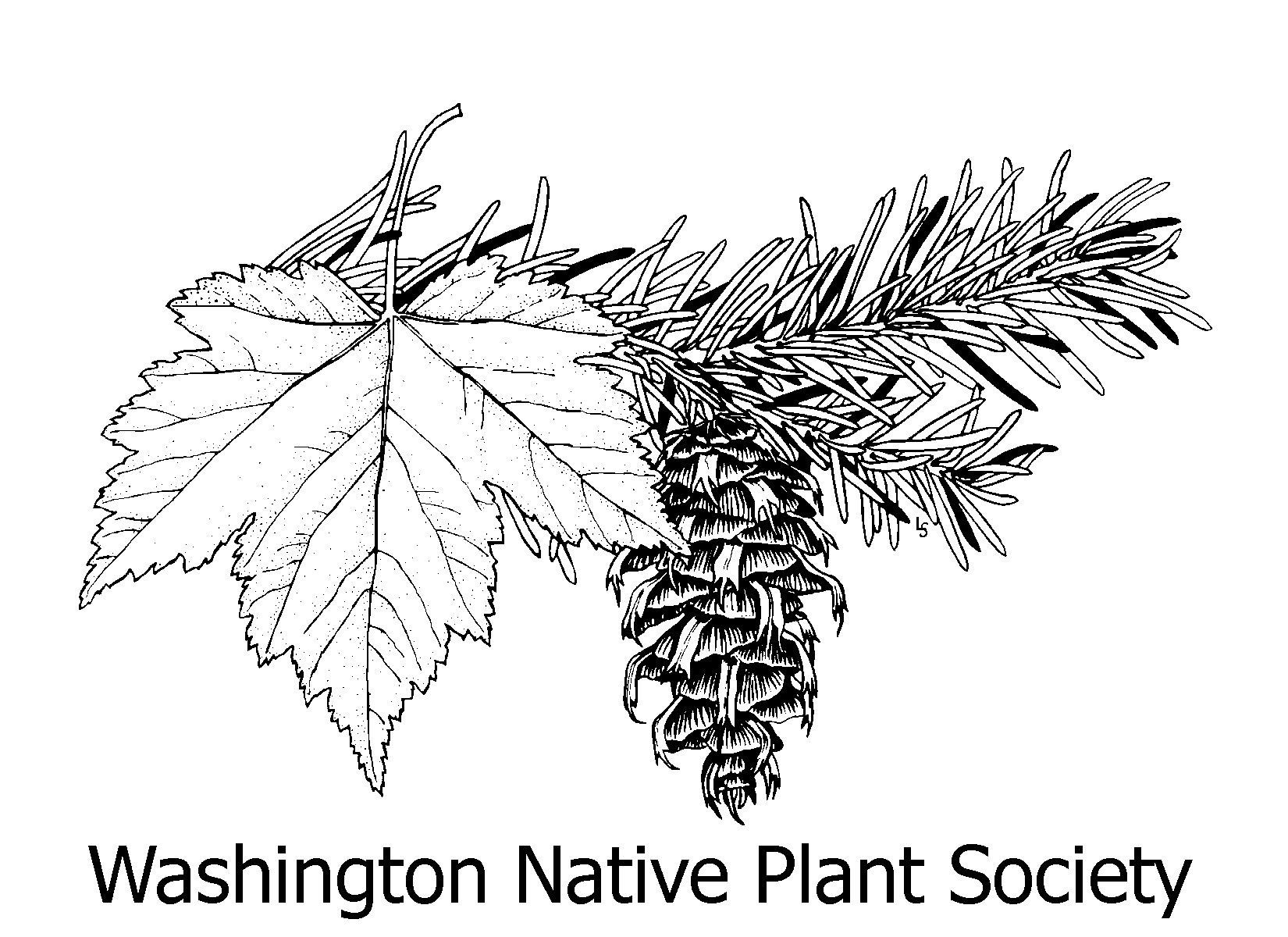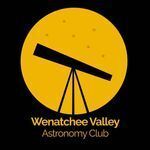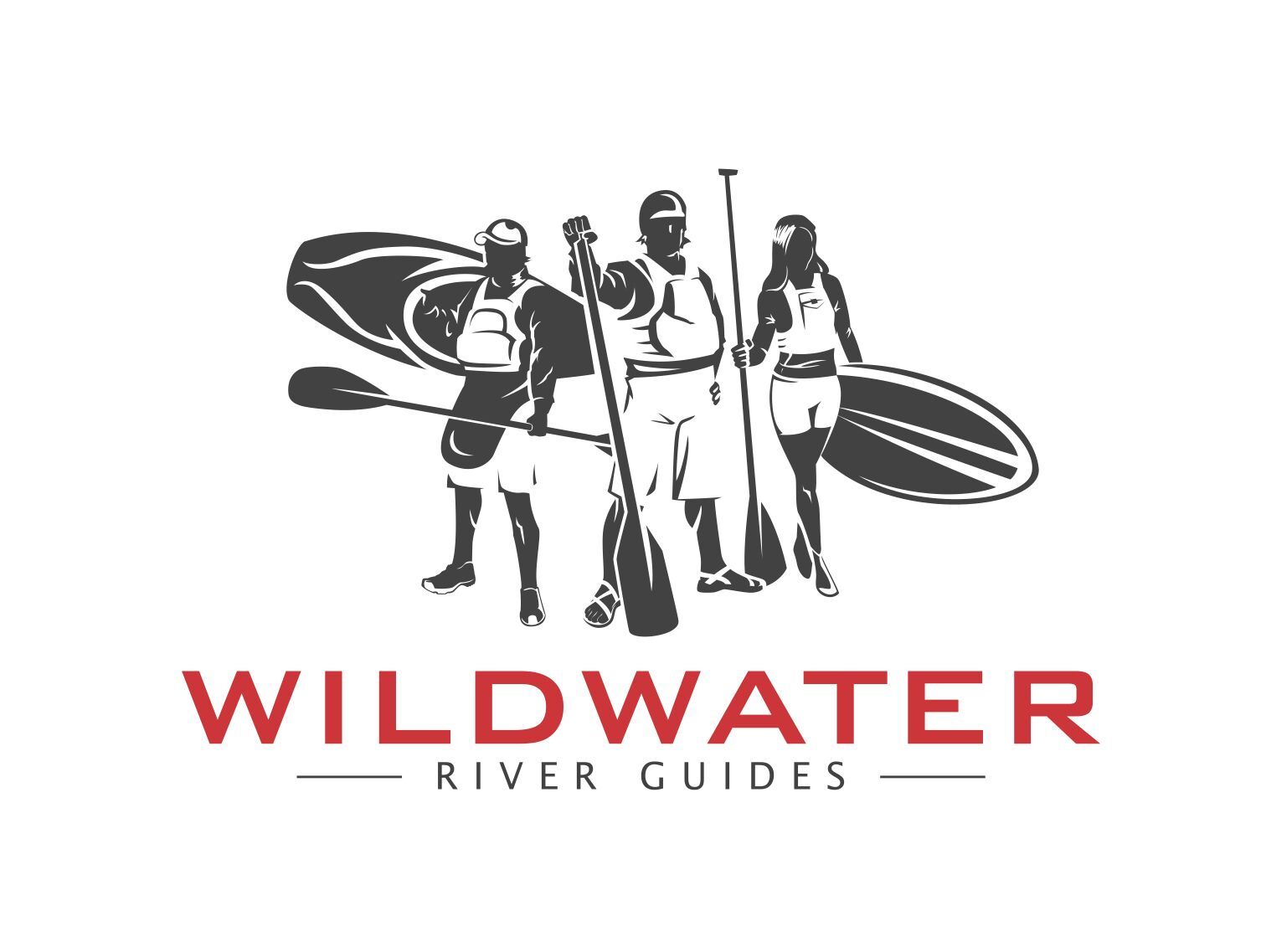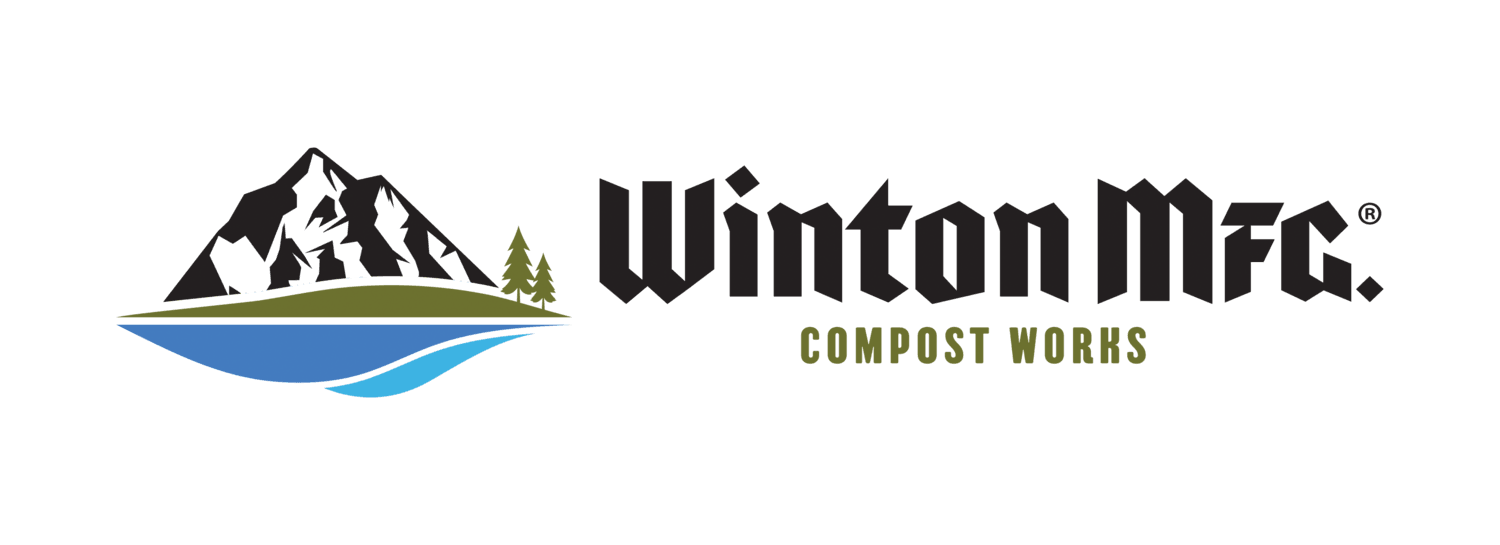Traveling Naturalist in the Classroom
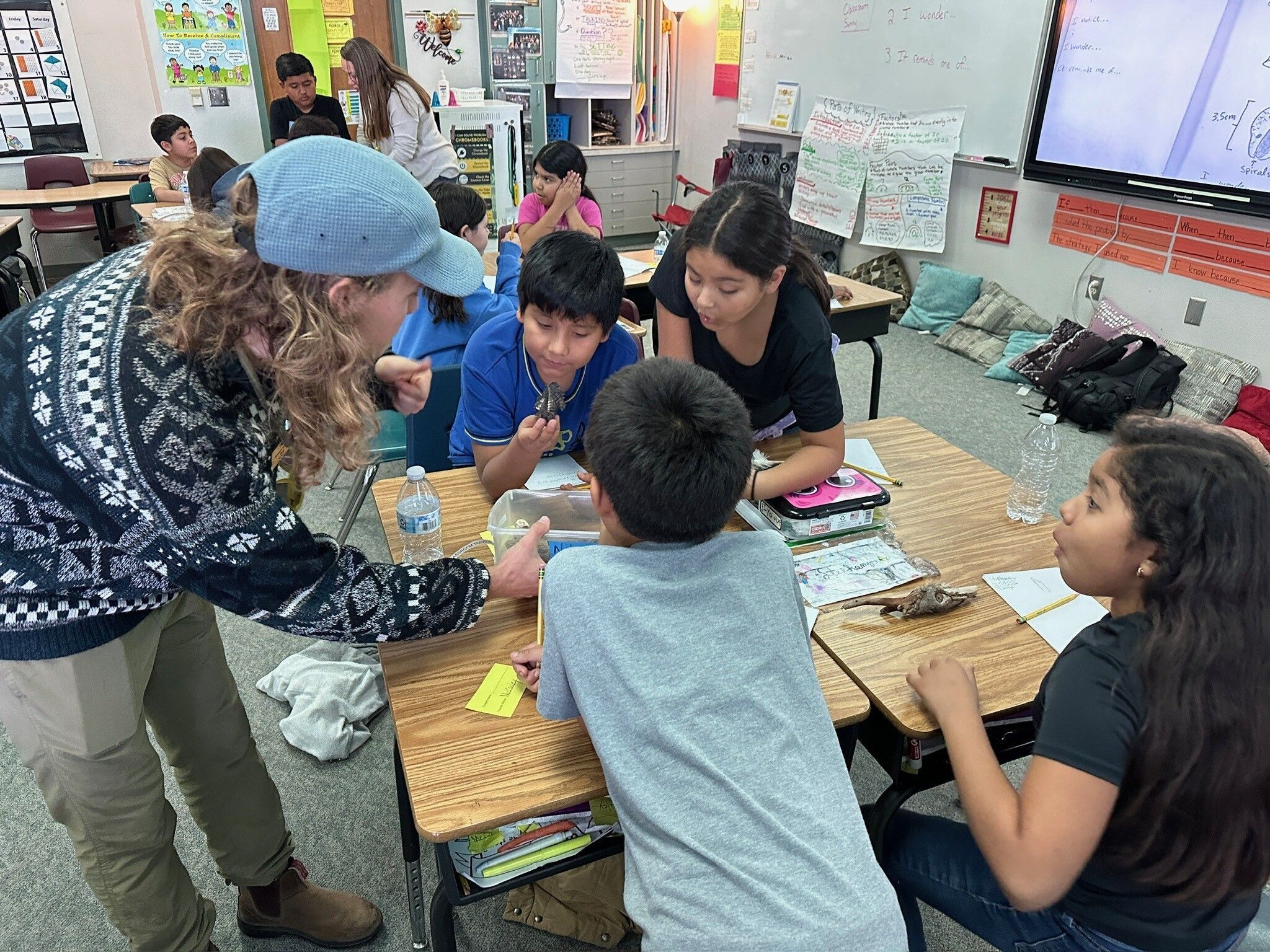
Grades: 4th & 5th
Seasons: Full academic school year
The Traveling Naturalist Classroom Program reaches 4th & 5th grade classrooms across North Central Washington. Curriculum is experiential, aligns with Next Generation Science Standards, and focuses on structure and function in the natural world. The program includes monthly classroom visits and one Field Day at WRI’s 13-acre campus in Leavenworth or at a natural area nearby the school.
Next Generation Science Standards (dependent on lesson):
- 1-LS1-1A. All organisms have external parts. Different animals use their body parts in different ways to see, hear, grasp objects, protect themselves, move from place to place, and seek, find, and take in food, water and air.
- 2-LS4-1. Make observations of plants and animals to compare the diversity of life in different habitats.
- 2-ESS2-2. Obtain information to identify where water is found on Earth and that it can be solid or liquid.
- 3 LS3-2. Use evidence to support the explanation that traits can be influenced by the environment.
- 3-LS4-2. Use evidence to construct an explanation for how the variations in characteristics among individuals of the same species may provide advantages in surviving, finding mates, and reproducing.
- 4-LS1-1. Construct an argument that plants and animals have internal and external structures that function to support survival, growth, behavior, and reproduction.
- 4-ESS3-2. Generate and compare multiple solutions to reduce the impacts of natural Earth processes on humans.
- 4-ESS2-1. Make observations and/or measurements to provide evidence of the effects of weathering or the rate of erosion by water, ice, wind, or vegetation.
- 5-ESS2-1. Develop a model using an example to describe the ways the geosphere, biosphere, hydrosphere and/or atmosphere interact.
- 5-PS3-1. Use models to describe that energy in animals’ food (used for body repair, growth, motion, and to maintain body warmth) was once energy from the sun.
- 5-LS2-1. Develop a model to describe the movement of matter among plants, animals, decomposers, and the environment
- 3-5 ETS1-1. Define a simple design problem reflecting a need or a want that includes specified criteria for success and constraints on materials, time, or cost.



